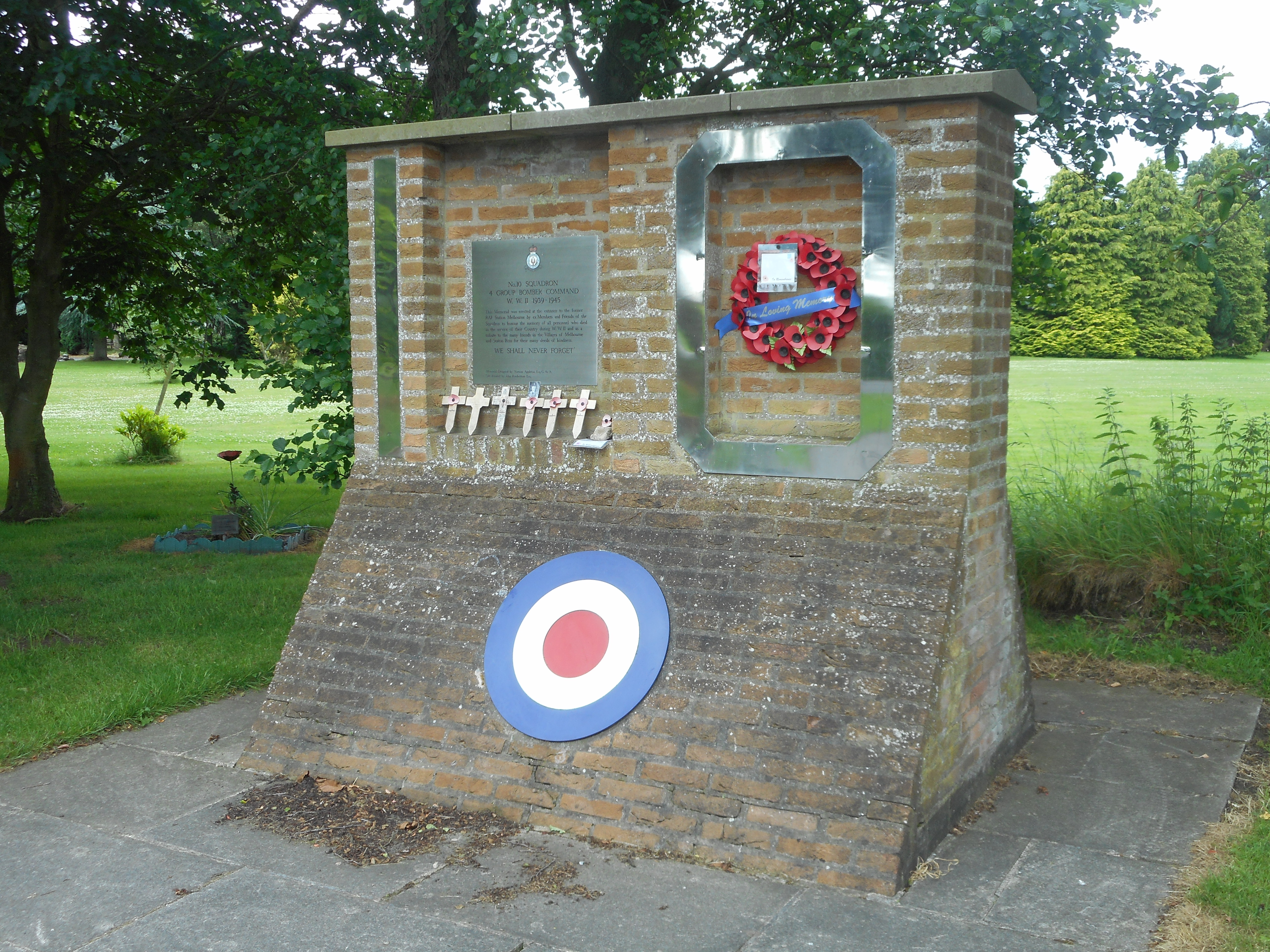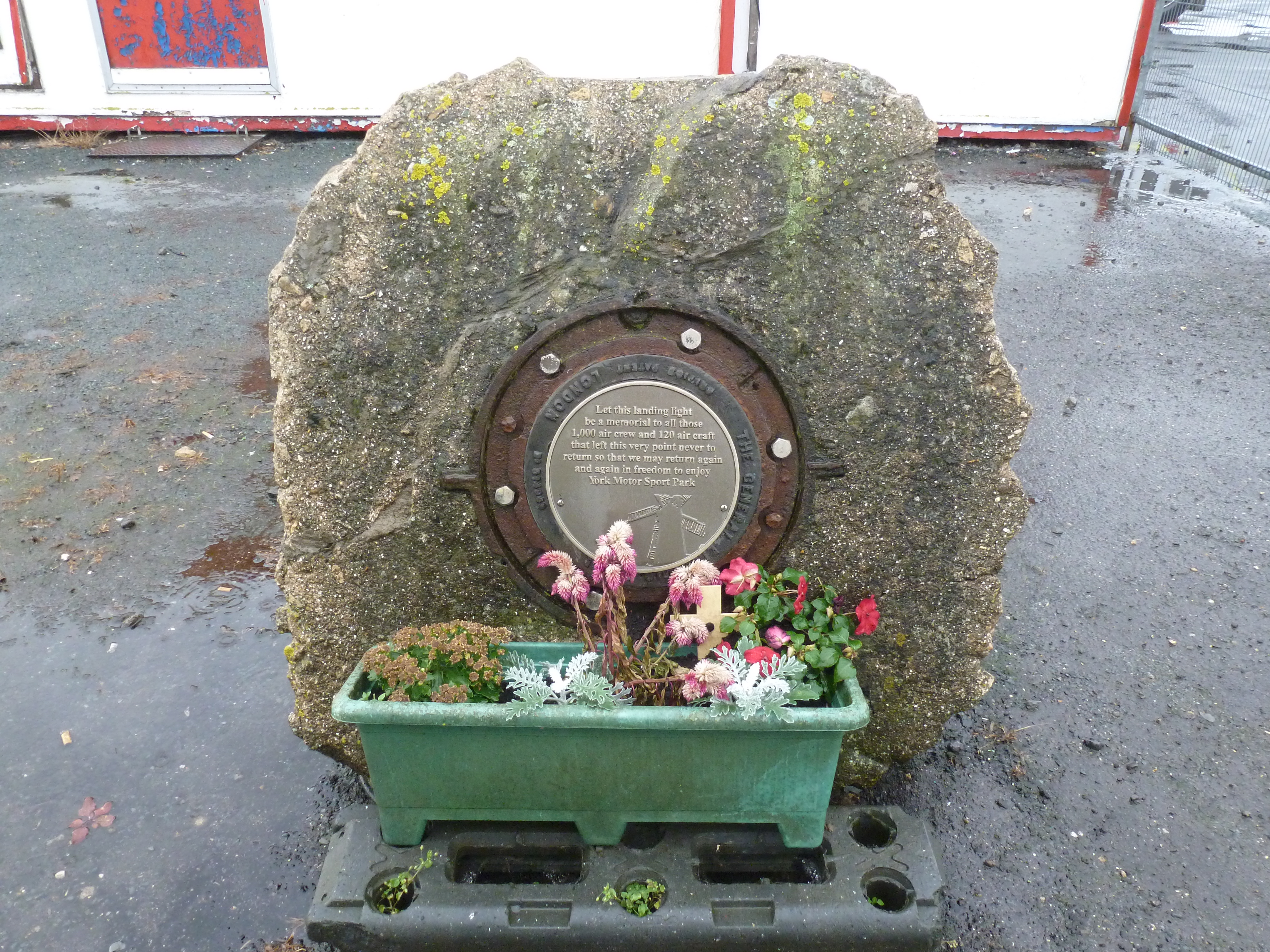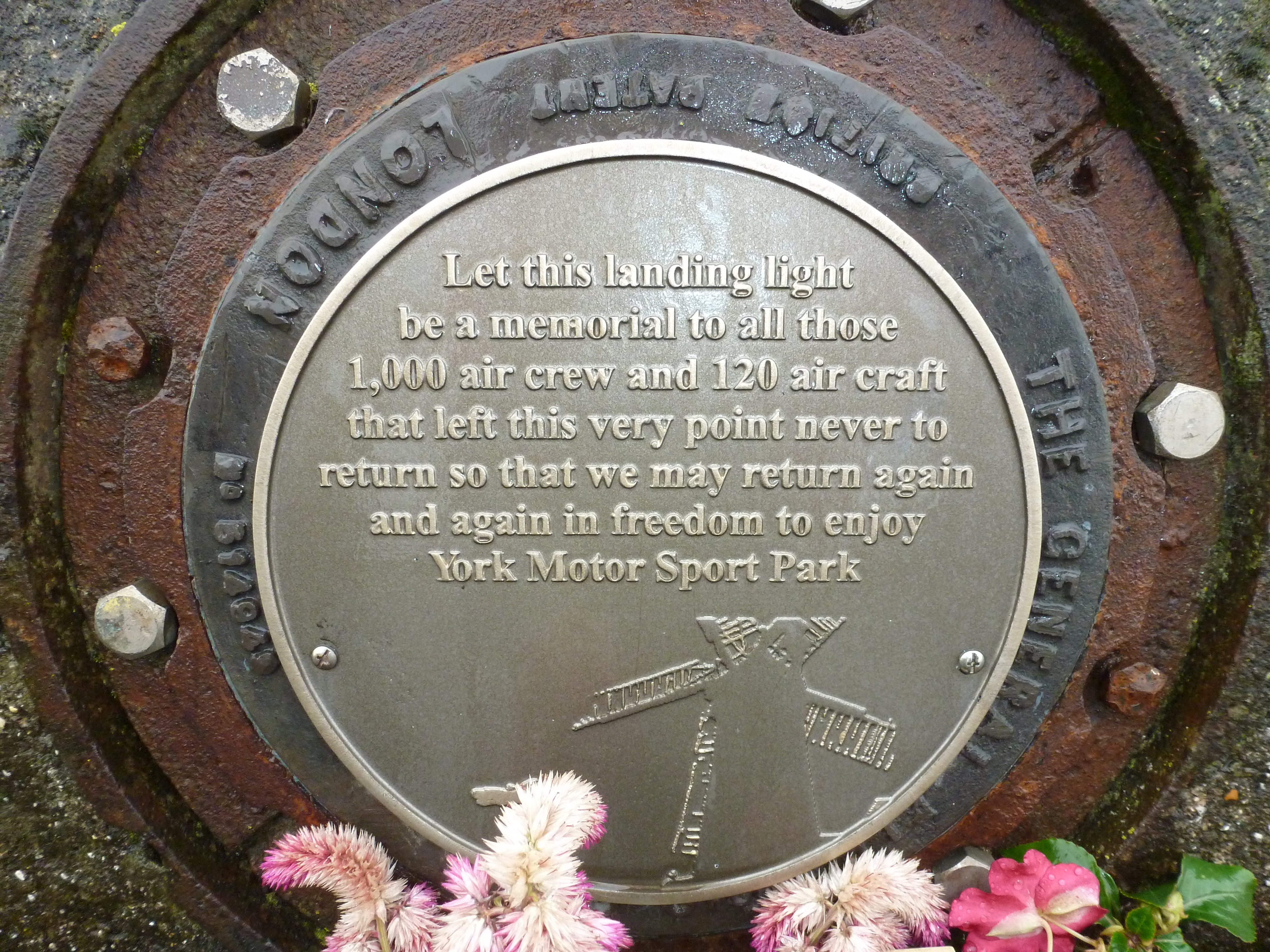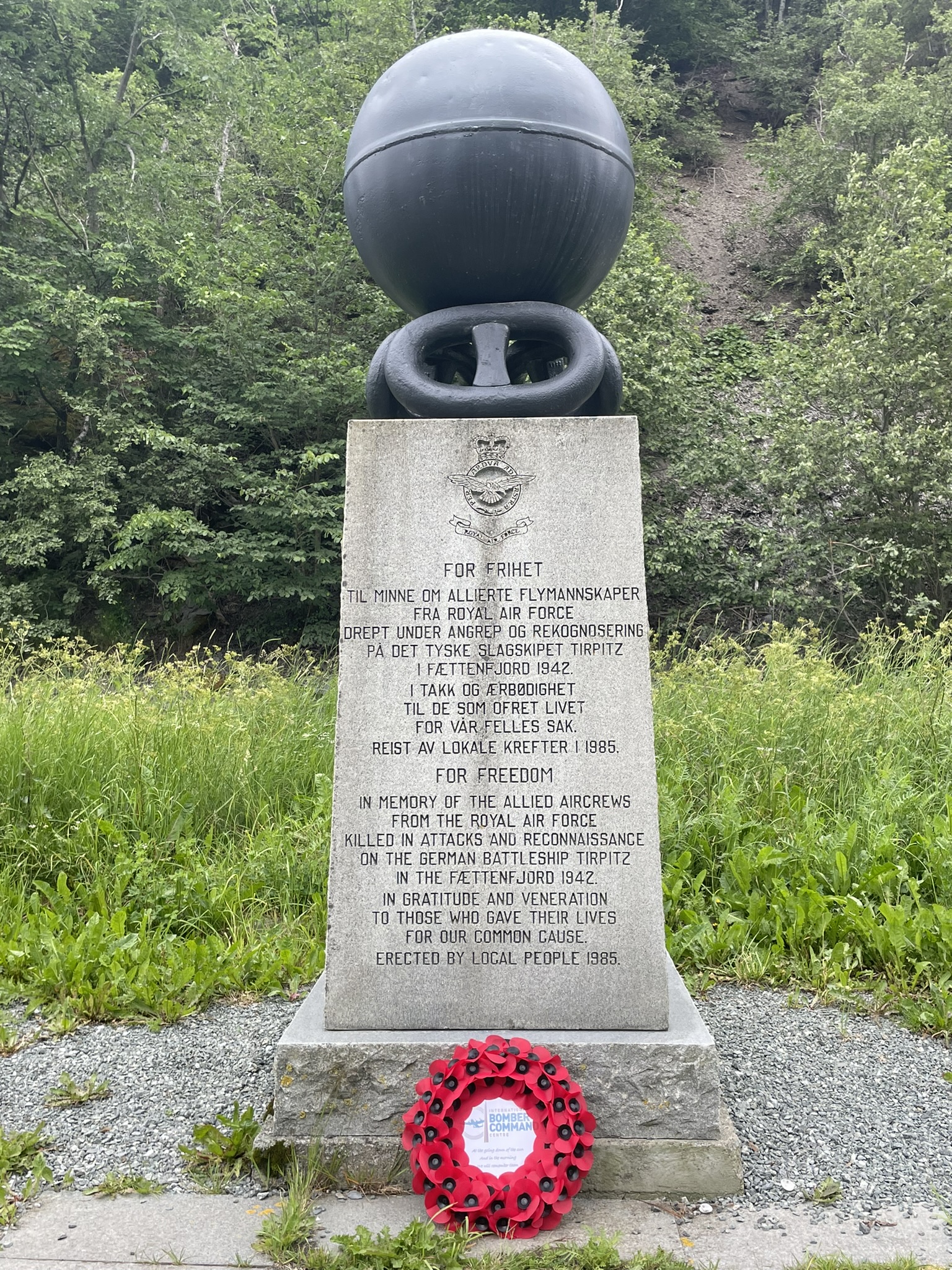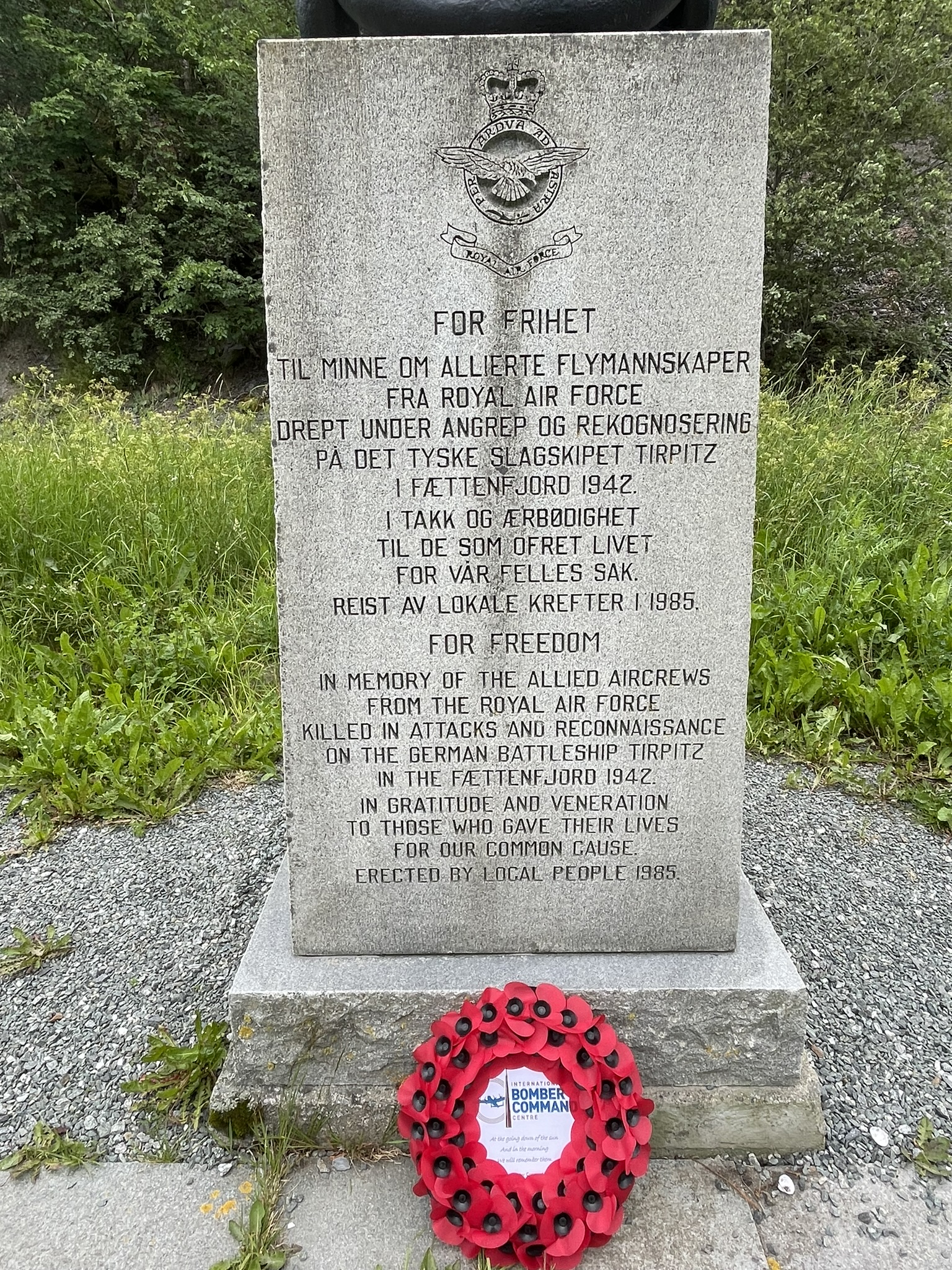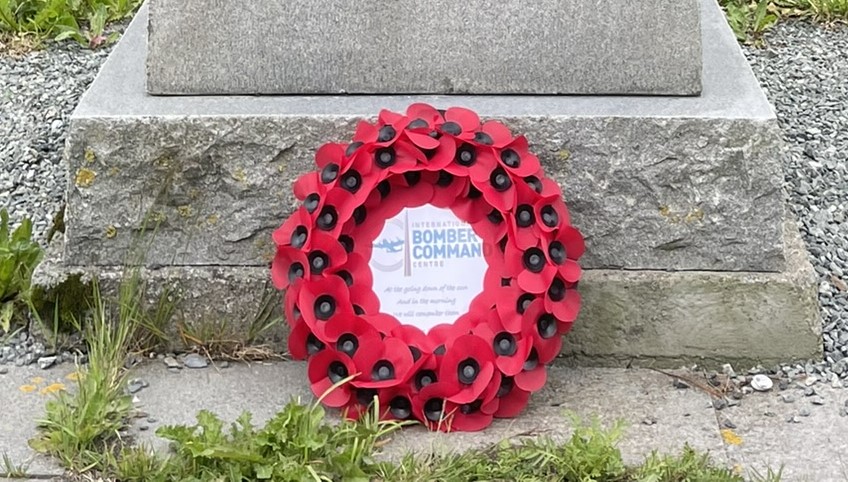Plant, Henry Edward Morgan
Personal Information
| Rank | P/O |
| Forename(s) | Henry Edward Morgan |
| Surname | Plant |
| Gender | M |
| Age | 23 |
| Date of Death | 22-10-1943 |
| Next of Kin | Son of Edward James Plant and Ethel Eliza Plant, of New Farm, Queensland, Australia. |
Aircraft Information
| Aircraft | Handley Page Halifax II |
| Serial Number | HX174 |
| Markings | ZA-H |
Memorial Information
| Burial/Memorial Country | Germany |
| Burial/Memorial Place | Hanover War Cemetery |
| Grave Reference | Coll. grave 3. J. 1-17. |
| Epitaph | HIS DUTY FEARLESSLY AND NOBLY DONE. ALWAYS REMEMBERED |
IBCC Memorial Information
| Phase | 2 |
| Panel Number | 226 |
Enlistment Information
| Service Number | 413249 |
| Service | Royal Australian Air Force |
| Group | 4 |
| Squadron | 10 |
| Squadron Motto | Rem acu tengere (To hit the mark) |
| Trade | Pilot |
| Country of Origin | Australia |
Other Memorials
| Location | Melbourne, East Yorkshire |
| Country | United Kingdom |
| Memorial Type | Brick Memorial Stone & Plaque |
| Memorial Text | No 10 Squadron, 4 Group Bomber Command, WWII 1939-1945. This memorial was erected at the entrance to the former RAF Station Melbourne by ex Members and Friends of the Squadron to honour the memory of all personnel who died in the service of their Country |
| Location | Melbourne Airfield, East Yorkshire |
| Country | United Kingdom |
| Memorial Type | Inscribed Runway Light in Concrete Base |
| Memorial Text | Let this landing light be a memorial to all those 1,000 aircrew and 120 aircraft that left this very point never to return so that we may return again and again in freedom to enjoy York Motor Sport Park |
| Location | Roadside location (off E6), Fættenfjord, near Åsenfjord, Trøndelag Fylke |
| Country | Norway |
| Memorial Type | Inscribed memorial stone atopped with inert aerial sea mine and Tirpitz anchor chain link |
| Memorial Text |
For Frihet Til minne om Allierte Flymannskaper fra RAF drept under angrep pa det tyske slagskipet Tirpitz i Fættenfjord 1942
Translation "For freedom In memory of the Allied Aircrews from the RAF who died in attacks on the German Battleship Tirpitz in the Fættenfjord 1942 " |
Commonwealth War Graves Commission
The National Archives
| Record of Events (Operational Record Book) AIR 27/144/20 |
| Summary of Events (Operational Record Book) AIR 27/144/19 |
Fellow Servicemen
Please note that this list gives all the losses aboard the quoted aircraft and occasionally these may have occurred on an earlier date when the aircraft was not itself lost. Please check the dates of death carefully.
Last Operation Information
| Start Date | 22-10-1943 |
| End Date | 23-10-1943 |
| Takeoff Station | Melbourne |
| Day/Night Raid | Night (32% moon) |
| Operation | Kassel. 569 aircraft, 43 losses (7.6%), due to the German controller correctly assessing that the raid was on Kassel. Blind H2S marking overshot the target but 8 out of 9 visual markers were accurate. German decoy markers drew off some of the main force but otherwise the raid was exceptionally accurate and concentrated leading to a firestorm. Over 26000 homes were destroyed and a further 26000 damaged. Some 63% of housing in the city became unusable, resulting in 100-120,000 people being displaced. The number of industrial, public and military buildings destroyed are too numerous to list Of particular note, however, was that the railway system was badly damaged and the three Henschel factories which produced the V1 bomb were all seriously damaged. This certainly pegged back the V1 deployment capability significantly. The number of dead was around 5600 |
| Reason for Loss | Exploded and crashed at Hohenkirschen, north of Kassel, Germany |
